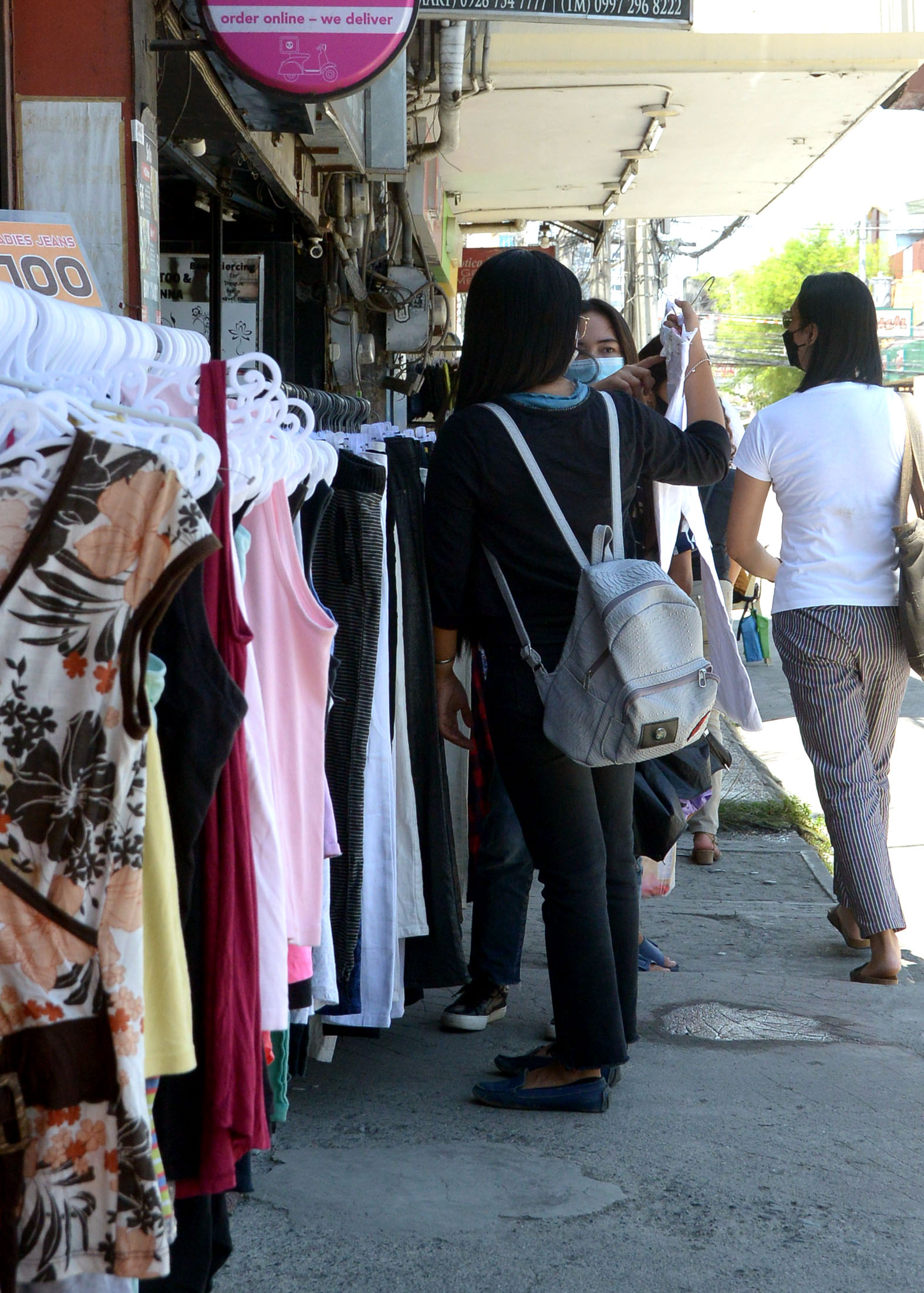AN INTERFACING Development Interventions for Sustainability (IDIS) study on citizen walkability showed that only 7.4% of pedestrians were satisfied with walking the city streets.
The study obtained results from 22 citizen scientists participants referred to as “pedestrians.”
In terms of satisfaction, out of 51.8%, only 7. 4% are satisfied, while 40.7% are neutral.
During Kapehan sa Dabaw on Monday, July 8, Justin Pungyan, IDIS environmental research officer, said the study was done through a Citizen Science approach, focusing on direct experiences, comfort levels, and recommendations from the respondent’s perspective.
IDIS incorporated the Visit-A-Street Tool from the Institute of Transportation and Development Policy (ITDP) based in New York City.
Of the 27 streets assessed in the city, mostly central business districts, the results showed that pedestrians encountered 620 barriers.
For instance, respondents encountered the highest barriers on streets such as J.P Laurel Avenue, R.Castillo, Guerrero St., C.M Recto, Pichon St. Maa Road, MacArthur Highway, and Old National Highway in Toril.
Citizens logged 352 permanent fixtures such as utility posts, elevated curbs, uncovered drainage holes, and sidewalk gaps. Permanent barriers include infrastructure issues or fixed structures that are difficult to remove or need structural change.
Meanwhile, 268 barriers consisted mainly of road signages, illegally parked vehicles, encroaching stalls, etc. which were classified as “temporary” or can be cleared out easily.
In terms of walking in the streets, 63% of pedestrians affirmed that streets do not have clear pathways, while only 55% of pedestrians feel safe and comfortable walking on the streets.
Moreover, 37% of pedestrians do not feel safe when crossing at intersections, and 77% said transit access such as PUJ/PUV stops is accessible, however, it is not systematic and regulated.
About 72% of pedestrians affirmed parking areas were unregulated, while 98% said there are no functioning, clean, and public toilets along the streets.
Lastly, 98% of the pedestrians confirmed that the city streets are not child-friendly.
The study, launched in February this year with a timeline from March-May aims to propose policy recommendations for the city government.
“Walking is a sustainable form of transportation that should be utilized. It is innate to us, part of our human being,” Pungyan said.
Apart from increasing accessibility to city locations, Pungyan said, walking is a flexible and resilient form of transportation.
He added with the increasing issues from car-centrism such as air pollution, traffic, and inefficient public transport systems, there is a need to shift to walking.
In Davao City, the project was in collaboration with the City Planning & Development Office, Ateneo de Davao University Ecoteneo Program, Design Davao Society, and various youth organizations and individuals.
IDIS recommended that to improve urban walkability in the cities, there is a need for a strict provision for city standard street design, improving Batas Pambansa 344, and implementation of transit-oriented zones.
Transit-oriented zones are commercial notes that need enhancement of walkways from terminal points of public transportation.
Synergy of transportation and walking should be integrated with the Local Transport and Traffic Management Plans as well as the upcoming Davao City Transport Modernization Project or the High Priority Bus System.
“When we improve the mass transit, we enhance the walkability, kasi hindi na magde-depend sa too much car-centric ang mobility ng city,” EnP Lemuel Manalo, IDIS Program coordinator said.
Comfortable waiting sheds and bus stops that will not impede pedestrian crosswalks and walkways to avoid accidents.
Manalo cited for an example the case of a jeepney that unloaded a passenger in a crosswalk near the airport in Buhangin which ended the lives of a trailer truck driver and helper.

